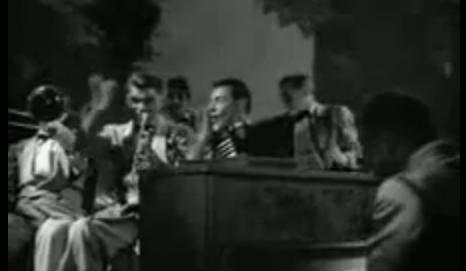Knock on Wood/Head August 23, 2013
Author: Beach Combing | in : Actualite, Contemporary, Modern , trackbackVictorian and, to a lesser extent, Edwardian writers loved explaining superstitions with bold comparative examples, sweeping generalizations and daring exegeses. However, more recent scholars have been less sure of our ability to unpick the origin of our taboos. Take this brief passage on superstition from Keith Thomas in his Decline (747-748):
The virtue attributed to certain material entities far exceeded their natural qualities: bay trees offered a protection against thunderstorms; south-running water had magical qualities; vervain and fern seed kept away evil spirits; milk could put out a fire started by lightning; the caul in which a child was born would bring good fortune. It is unlikely that any purely utilitarian theory could ever convincingly explain why these objects were credited with such power, but not others.
And Thomas, at least when he wrote this, would have described himself as a social functionalist: that is someone who believes that customs and mores exist for a practical reason. Beach recently came across this example that justifies, amply, Thomas’ pessimism about our ability to unpick superstitions. This comes from the Opies (thanks to Mike L for sending it in) and they offer a splendid example of superstition evolving before our very eyes.
[a] fool is very generally called a ‘blockhead’, his head being likened to the denseness of wood. Consequently, as a joke, when some body says ‘touch wood’ he is liable on occasion to touch the head of a notorious dunce, or of a child whom he wishes to make out to be a dunce, or, in self-deprecation, his own head. This joke has in fact become so commonplace that many children are already forgetting that touching the head is a joke, and state seriously: ‘If you say that something nice is going to happen you must either touch wood or your head’, or, without qualification, ‘To avert ill-luck it is the custom to touch your head’. So it is that the time is upon us when, in a prefabricated classroom with desks and finings manufactured entirely out of plastic and chromium, it will not be possible for children to touch wood, only their heads; and when these children grow up it may become normal with the adult population, too, to put a finger to their brow as a superstitious act of self-protection.
Beach particularly likes this example, because he has lived through it. The earliest instance he has found of someone knocking on their head comes in ‘Knock on Wood’ in Casablanca (1942), when the band members (pictured) touch their heads in the song. However, the custom may stretch back hundreds of years: any early references drbeachcombing AT yahoo DOT com However old the custom is the progressive disappearance of wood from our lives, and this has now accelerated with the digital age, has been critical. Beach has certainly seen numerous instances in Britain of folk touching their heads to ward off evil, though typically with or in association with the phrase ‘knock on wood’. Imagine now that the custom and the phrase were disassociated. How easy would it be for a twenty-fifth century comparative mythographer to unpick the origins of the fact that, say, ‘children in twentieth-second-century Virginia touched their temples to protect themselves?’ How many of our superstitions have similar logical but impossible to trace histories?



